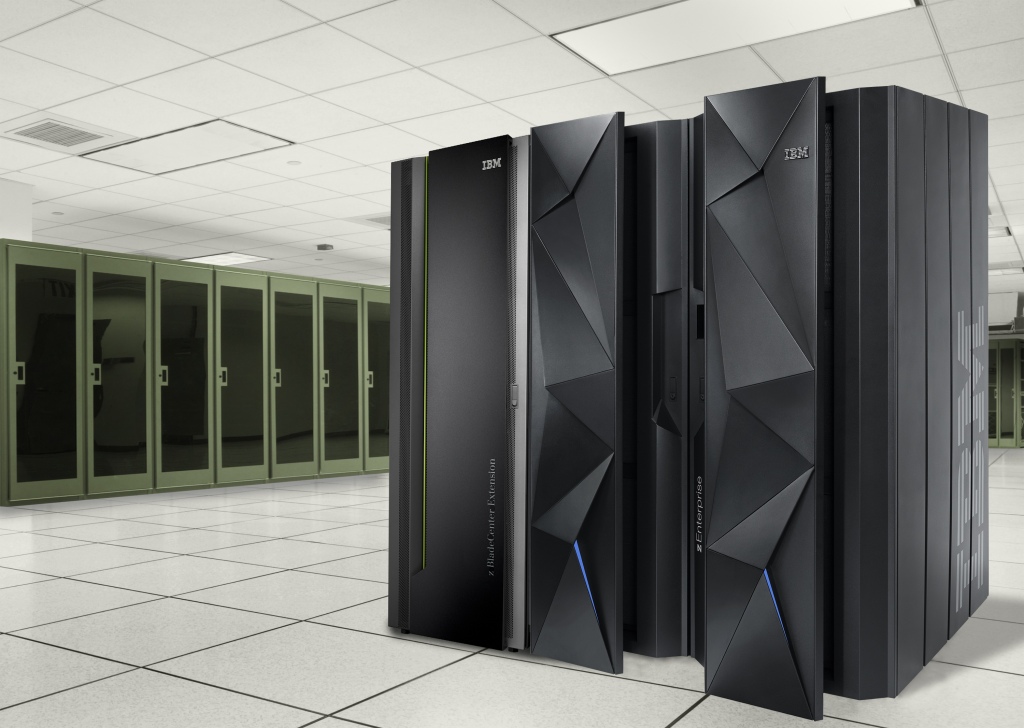There was an interesting piece in the E-Commerce Times recently by Charles King. He reinforced the notion that mainframes are the logical answer to the problems created by today’s increasingly technical business environment.
The organisational pressure on IT departments has never been higher. There is an increased demand for a mobilised workforce, cloud solutions and (needless to say) big data requirements backed up by predictive analytics. It is not just a case of an increased remit; the dependence upon the IT department is snowballing as the business world becomes increasingly technical. Online sales are representing a growing proportion of revenue.
Charles King explained the impact of the ‘bricks to clicks’ movement in IT. He said, “If any core transaction computing characteristics — speed, accuracy, reliability, security — falter or fail outright, then the processes they support suffer, the relationships they represent can be inalterably damaged, and the organizations that employ them face serious — sometimes fatal — consequences to their reputations and brands.”

Having the situation explained like this means the case for implementing mainframe technology becomes painfully obvious. Almost every large bank, other financial institutions and over 90% of Fortune 500 companies, use mainframes for these precise reasons. Mainframes are secure, extremely transactional efficient and highly available.
As King so eloquently states, “With the stakes so high, why shouldn’t organizations employ deeply established, long-tested transaction platforms like IBM’s Systems and Power Systems? More to the point, with the stakes so high, why the heck should they trust lesser known or less able solutions?”
The mainframe is uniquely well placed when it comes to cloud technologies, BYOD and new big data. It’s the unique way that mainframes handle requests that makes them ideal candidates for cloud and BYOD projects. If you find the right terminal emulation software provider they will also be able to reuse all your existing mainframe security, availability and transactional efficiency for your BYOD projects. This brings the mainframe benefits to iPads, tablets and other devices with very little extra investment and no disruption to your service.
“Given the evolving nature of business IT, especially in sustaining and enhancing business relationships, it seems reasonable to believe that what is old in IBM System z and Power Systems transaction computing is on the way to becoming new again.”








